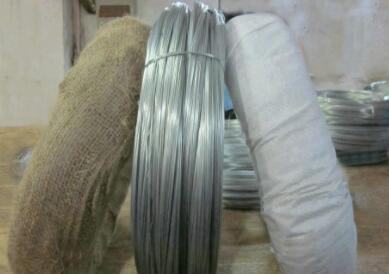The Versatility of Perforated Zinc An Overview
Perforated zinc, a material characterized by its distinctive patterns and functional benefits, is increasingly finding applications across various industries. This article explores the properties, benefits, and diverse uses of perforated zinc, highlighting its relevance in modern design and construction.
Understanding Perforated Zinc
Perforated zinc is essentially a sheet of zinc that has been treated with a series of holes or patterns. These perforations are created through a variety of methods, including punching, laser cutting, or water jet cutting. The result is a lightweight, durable material that maintains the inherent strength and corrosion resistance of zinc while offering a unique aesthetic appeal.
Zinc itself is known for its excellent resistance to corrosion, making it an ideal choice for outdoor applications or environments exposed to moisture. When perforated, this material not only retains its protective properties but also gains additional functionality. The holes can be designed in numerous shapes and sizes, allowing for creative and practical uses.
Benefits of Perforated Zinc
One of the most significant advantages of perforated zinc is its versatility
. The ability to customize hole shapes and sizes enables architects and designers to create unique visual effects while also meeting specific functional requirements. The patterned surface can allow for light and air circulation, making it suitable for applications where temperature control, ventilation, or ambiance enhancement is desired.Another notable benefit is the material's lightweight nature. Perforated zinc is easier to handle and install compared to solid metals, making it an attractive choice for construction projects. Additionally, it’s low maintenance; its natural corrosion resistance ensures longevity, reducing the need for frequent replacements or repairs.
perforated zinc

From an environmental perspective, zinc is a sustainable material. It is 100% recyclable, and the perforation process can often be optimized to minimize waste. This aligns well with the growing trend of sustainable building practices, as architects increasingly seek materials that have a lower environmental impact.
Applications of Perforated Zinc
Perforated zinc finds applications in a variety of sectors. In architecture and construction, it can be used for building facades, sun shades, and decorative screens. The aesthetic appeal of the patterns can enhance the visual interest of structures while still serving practical purposes like light filtration and airflow.
In the industrial sector, perforated zinc is commonly utilized in the manufacturing of filtration systems and protective barriers. Its sturdy nature and resistance to harsh conditions make it suitable for equipment that operates in demanding environments.
Additionally, perforated zinc is used in the signage and display industries. Custom-designed perforated panels can allow for creative branding, and when backlit, they create stunning visual displays. This makes it a popular choice for retail and exhibition settings where attracting attention is crucial.
Conclusion
Perforated zinc is a remarkable material that successfully integrates functionality with aesthetic appeal. Its versatility, durability, and sustainable features make it an invaluable choice in numerous applications, from construction and architecture to industrial and decorative uses. As industries continue to innovate and evolve, the prominence of perforated zinc is likely to grow, solidifying its place as a key material in modern design. Whether used for structural or decorative purposes, perforated zinc offers endless possibilities, promising both utility and style in one unique package.

















